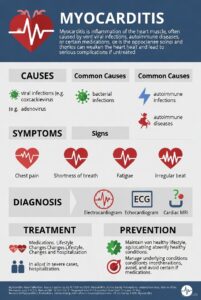-
-
-
- Preparing the family
- General principles of family education
- Establish a rapport with the family.
- Avoid using any specialized terms or jargon.
- Clarify all terms with the family.
- When possible, allow family members to decide how they want to be taught (e.g., all at once or over 1 or 2 days).
- This gives the family a chance to incorporate the information at a rate that is comfortable.
- Provide accurate information to the family about the illness.
- Assist family members in identifying obstacles to their ability to comply with the regimen and in identifying the means to overcome those obstacles.
- Then help family members find ways to incorporate the plan into their daily lives.
- Family preparation for procedures
- Name of the procedure
- Purpose of the procedure
- Length of time anticipated to complete the procedure
- Anticipated effects
- Signs of adverse effects
- Assess the family’s level of understanding
- Demonstrate and have family return demonstration (if appropriate)
- General principles of family education
- Preparing the family
-
-

How to Have Healthier Holidays in 1-2-3!
For Everyone DECEMBER 1, 2023 How to Have Healthier Holidays in 1-2-3! KEY POINTS Give yourself the gift of better health this holiday season. Try



